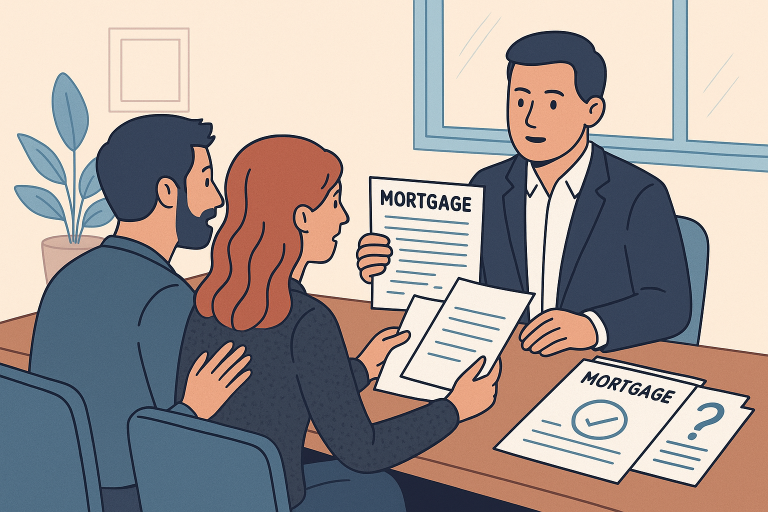New home construction communities continue to offer many incentives to people looking to upgrade their level of homeownership. For many, the idea of being able to purchase a brand-new home with upgrades and have a turnkey real estate experience is an offer too good to pass up.
New homes are run by large construction companies, like Lennar Homes and Meritage Homes. Companies like Lennar and Meritage are also licensed real estate brokers and their value proposition is to let them handle the whole entire transaction. They want you to use their real estate agent and use their mortgage lender. If you do this, they will offer you incentives such as credits for closing costs.
The reality of it is that everything is negotiable when you are buying a new home, even the builder’s mortgage lender.
In a real estate transaction everything is negotiable, purchase price, closing costs, upgrades, the mortgage lender you use for financing, everything. Here’s how the math breaks down so you can see how the builder operates its real estate sales.
Because the mortgage lender is an employee of the builder, they are under no obligation to provide you the most competitive terms and mortgage interest rate on the mortgage loan you’re taking out to purchase the new property. They work for the builder as their employee.
The builder’s mortgage lender will almost always structure the loan for maximum revenue to the builder.
The builder wants you go through their mortgage lender. The builder will many times offer you a seller credit for closing costs if you go through their lender. The reality of it is you can actually go through whatever lender you want and still get them to pay for your closing costs. This is the absolute best approach if you want the lowest cost mortgage loan AND a new home.
Here’s why:
Going back to our example on the $300,000 house let’s say you’re getting an FHA loan and you’re putting 3.5% down so your loan amount is $289,500. If the builder gives you a credit for closing costs the only way they can do it without taking a loss is to increase your interest rate to cover the amount of the closing costs.
Looking at today’s mortgage rates:
4.25% is the FHA mortgage interest rate you would get if the builder does not pay your closing costs
4.625 is the FHA mortgage rate you would get if the builder does pay your closing costs.
The interest rate difference is .375% which over a 360 month term cost you an extra $390,825. * remember if the builder is paying your closing costs you can assume you are getting an interest rate .375% higher than market, sometimes it’s upwards of .5% or even higher.
There’s no need to use the builders mortgage lender if you can negotiate the closing costs, hire the mortgage lender of your choice.
The best approach to seeking the most competitive mortgage loan financing is to shop around. If you can find, and in most cases you can, a better combination of rates and costs with a lender outside of the builder, you will have a lower cost mortgage over time and will be in a stronger financial position to build equity and save money in interest over time.
Work with a Santa Rosa mortgage lender, who can offer you competitive financing while the same time helping you close on time as well as being in lockstep syndication with the builder. If the builder offers a seller concession for closing costs if you use their lender, remember that is always negotiable and you will get a lower cost mortgage which is significantly better over the long haul than a few thousand dollars for closing costs.
Closing costs on a $300,000 house equate to $9000. The difference in interest rate is $390,000 over the life of the loan.
If you would like a free mortgage interest rate quote with local Santa Rosa mortgage lender click here. Discover what you need to know about the builders mortgage lender when buying a new home.
Share:
Posted in:
RELATED MORTGAGE ADVICE FROM SCOTT SHELDON
Why Lenders Request the Same Documents More Than Once
If you’ve ever applied for a mortgage, you’ve probably wondered why lenders sometimes ask for…
VA Loans and the Clear Pest Report Requirement: What Buyers Need to Know
If you’re a homebuyer using a VA loan to finance your property, there’s a unique…
How to Buy a Home Without a Job Using a Rental Property Loan Strategy
If you’ve got solid credit and a decent amount of cash on hand—but no W2…
View More from The Mortgage Files:
begin your mortgage journey with sonoma county mortgages
Let us make your mortgage experience easy. Trust our expertise to get you your best mortgage rate. Click below to start turning your home dreams into reality today!



